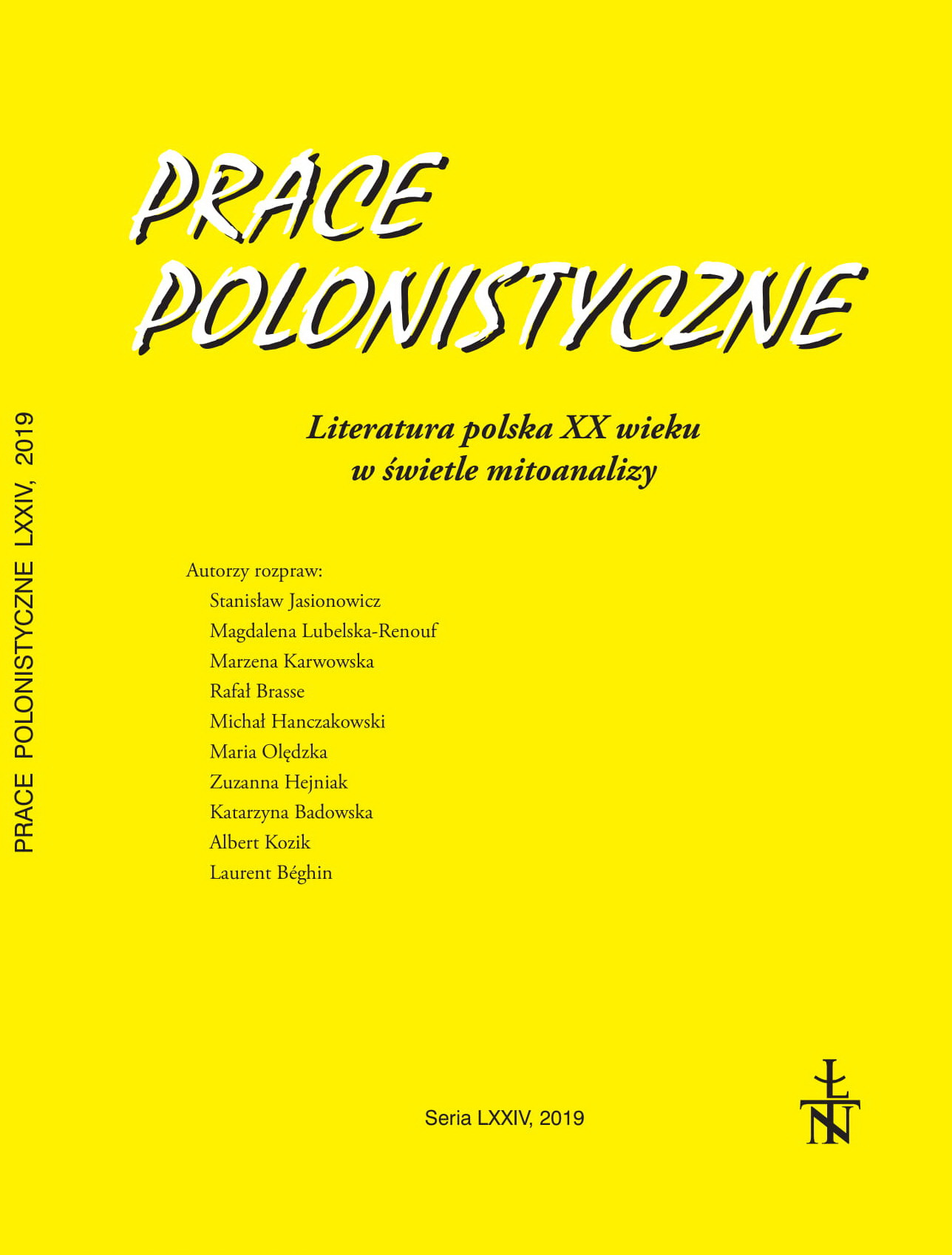Á LA FIN DE LA DECADENCE: LA TRADUCTION DE LANGUEUR DE PAUL VERLAINE PAR ZENON PRZESMYCKI ET SON INFLUENCE SUR LA DEFINITION POLONAISE DU DECADENTISME EUROPEEN
Á LA FIN DE LA DÉCADENCE: ZENON PRZESMYCKI’S TRANSLATION OF PAUL VERLAINE’S LANGUEUR AND ITS INFLUENCE ON THE POLISH DEFINITION OF THE DECADENT MOVEMENT
Author(s): Albert KozikSubject(s): Studies of Literature
Published by: Łódzkie Towarzystwo Naukowe
Keywords: Zenon Przesmycki; Paul Verlaine; Langueur; Niemoc; the Decadent movement; fin-desiècle; cultural transfer; translation studies; Kazimierz Wyka; Maria Podraza-Kwiatkowska; Andrzej Z. Makowiecki
Summary/Abstract: The article examines the most significant semantic changes and transpositions that can be found in Zenon Przesmycki’s translation of the seminal sonnet Langueur written by Paul Verlaine in the second half of the nineteenth century. It closely analyzes the way in which the translation was used by Polish scholars of literary history. Having influenced the vision of culture nurtured by the so-called Decadent Movement in fin-de-siècle Europe, Verlaine’s poem was then employed in numerous academic studies as an illustration of the philosophy and the attitude towards society that were dominant in the period under discussion. In Poland, Przesmycki’s translation played an important role in defining the very term “decadent,” as several influential researchers used it in their analyses in order to provide their readers with Polish equivalents of the original French terms. As a result, Przesmycki’s version of Verlaine’s sonnet, although intended just as a poetic translation, served a different purpose from the ones that its translator could have ever imagined. It helped define and describe the culture of “decadent” Europe as a whole. The terminology Przesmycki used to translate the French words, such as langueur and decadence (“niemoc” and “wielkie konanie” respectively), was thus introduced into the Polish scholarly debate on European modernism. Premised upon the idea of cultural transfer (transfert culturel), the analysis presented in the article helps determine the extent to which Przesmycki’s translation shaped the Polish perception of fin-de-siècle Europe.
Journal: Prace Polonistyczne
- Issue Year: 2019
- Issue No: 74
- Page Range: 175-193
- Page Count: 19
- Language: French

